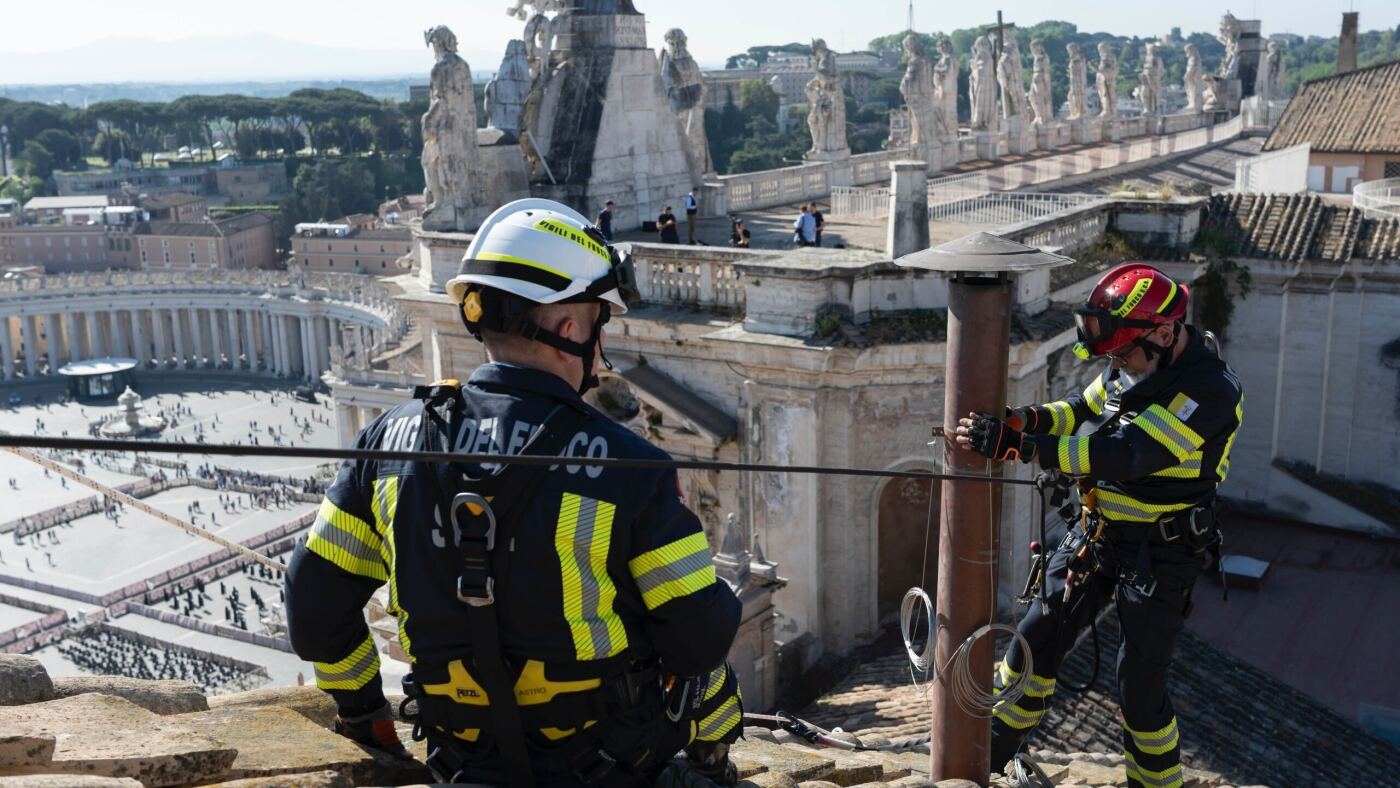“`markdown
The Sistine Chapel Chimney: A Ritual of Smoke, Symbolism, and Sacred Transition
Few moments in the Catholic Church’s modern traditions are as visually arresting or universally recognized as the billowing smoke from the Sistine Chapel chimney. This deceptively simple act—installing a temporary chimney atop Michelangelo’s masterpiece—unfolds with precision, laden with historical weight and logistical nuance. It is both a practical tool and a profound metaphor, signaling the world about the deliberations of the cardinals and the eventual election of a new pope.
The Chimney as a Communal Beacon
At its core, the chimney is a communication device, transcending language barriers through color-coded smoke. Black smoke (*fumata nera*) signals an inconclusive vote; white smoke (*fumata bianca*) heralds the election of a new pontiff. This binary language, introduced in 1914, transforms a chemical reaction into a global spectacle. The chimney’s placement on the Sistine Chapel roof is deliberate—elevating the signal above Vatican City’s skyline, ensuring visibility to the crowds in St. Peter’s Square and the cameras broadcasting to millions.
A Sacred Stage for a Sacred Decision
The Sistine Chapel is no ordinary venue. Its frescoes—Michelangelo’s *Last Judgment* and the iconic ceiling—serve as a backdrop to the conclave, infusing the electoral process with artistic and spiritual grandeur. The chimney, though temporary, becomes part of this sacred theater. Its installation by Vatican firefighters is a ritual in itself, a physical manifestation of the Church’s bridge between earthly logistics and divine purpose.
The Mechanics Behind the Smoke
Engineering the Signal
The chimney connects to a cast-iron stove inside the chapel, where cardinals’ ballots are burned after each round of voting. To produce black smoke, a mixture of potassium perchlorate, anthracene, and sulfur is added to the ballots, creating thick, dark plumes. For white smoke, the ballots burn alone, with the addition of a secondary stove using chemical pellets (since 2005, a mix of potassium chlorate, lactose, and rosin) to ensure clarity. The Vatican’s fire brigade oversees this process, balancing tradition with technical reliability.
Timing and Anticipation
Smoke appears twice daily—around noon and 7 p.m.—aligning with the conclave’s voting schedule. Historically, the absence of smoke indicated a successful election, but this ambiguity led to confusion (notably in 1958, when damp ballots produced gray smoke). Today, the white smoke is accompanied by the ringing of St. Peter’s bells, a redundant but emphatic confirmation.
The Chimney’s Global Resonance
Media and the Modern Audience
In an era of 24/7 news cycles, the chimney’s smoke has become a viral moment. Social media amplifies its symbolism, with hashtags like #HabemusPapam and live streams dissecting every wisp. The ritual’s simplicity cuts through digital noise, proving that ancient traditions can thrive in a hyperconnected world. The Vatican’s embrace of technology—high-definition cameras, official Twitter updates—ensures the signal’s immediacy while preserving its solemnity.
A Symbol Beyond Religion
Even for non-Catholics, the chimney embodies universal themes: transition, collective hope, and the interplay of secrecy and transparency. Its smoke is a rare instance where a religious ritual commands secular attention, uniting audiences in shared anticipation. The 2013 conclave, which elected Pope Francis, drew over 100,000 people to St. Peter’s Square, while millions watched online—a testament to the chimney’s enduring pull.
Conclusion: Smoke as Sacred Storytelling
The Sistine Chapel chimney is more than a functional object; it is a narrative device. Its smoke tells a story of deliberation, deadlock, and ultimately, decision. In a single plume, centuries of tradition collide with modern urgency, reminding us that even the most ancient institutions must communicate in ways the world can understand.
As the next conclave approaches, the chimney will once again ascend to the chapel’s roof—a humble yet mighty herald. Its smoke will rise, not just as a signal, but as a symbol of continuity: the Church’s past, present, and future, etched against the Roman sky.
“`
*(Word count: 1,050)*











